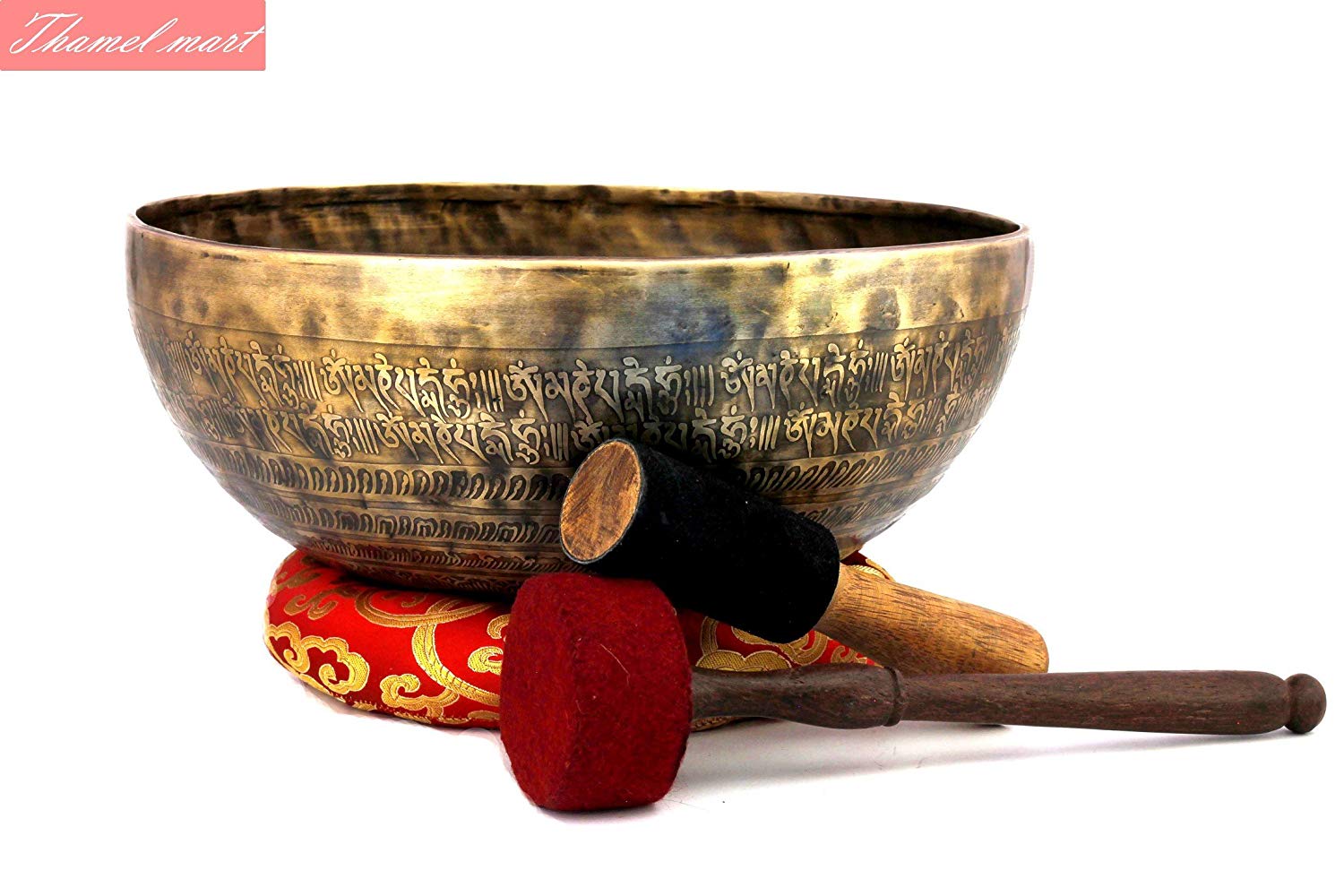
6 Jan 2020 HYN Himalayan Yoga Academy
Here, we present an interesting article on Tips to care for Singing Bowl. Worried about how to handle the singing bowl that you bought at a very nice price? So follow this guide written by our group of sound healers who teach singing bowl training and sound healing training in Nepal. We at Himalayan Yoga Academy are very happy to help you in any way regarding the singing bowl, as we are considered one of the best schools for singing bowl training in Nepal.
Various tips To Care for Singing Bowl (Dwani Paatro)
Handling
In Numismatics, you are taught to always hold a coin by the rim to avoid leaving any residue on the face. With singing bowls, the rim is the most important part. The way I handle singing bowls is to try to only touch the outer side, lifting them with two hands and then transferring to one if I’m going to ring it in hand. Try not to grab a singing bowl with one hand, fingers inside, and thumb out.
Mishandling
While singing bowls are made out of tough metal, they also have a vulnerable side to them. Falling onto a hard surface can make cracks in brittle metal. Cracks aren’t always fatal, but often, they mean the end of the sound. If you suffer this misfortune, sorry, there is no way to repair a crack that you can hear.
Cleaning
Certainly, you want to wipe your singing bowls out from time to time with a soft cloth to keep dust from building up. A singing bowl with caked dust in it will lose some of its sonic sparkles. These days, “dust” can include chemicals that will react with the metal. A clean cloth is best, really. If the original patina is important to you anything stronger than cloth can have an effect. On bright bowls, I use white vinegar to take out fingerprints.
Singing bowls are composed of a complex mix of metals and they have been cleaned, mostly by rubbing them out with cloth or more caustic elements such as sand and mud, by their former owners. These singing bowls are tough as well as delicate and due to recent cleaning, some will likely tarnish over time. If you decide to remove the tarnish, commercially available metal cleaners are just fine. If your singing bowls get really grungy somehow, start with a dry coarse woven cloth and that may do the trick. Scouring powder will scratch smoothly finished singing bowls and some bowls already have scratch marks from past treatment. Be careful to get any cleaning substance residues off the bowl.
Aggressive Cleaning
More strenuous and harsher cleaning options are also available to you with the caveat that the sound you hear is based on the metal in the singing bowl, and removing any of it can have an effect. Sometimes, rims are compromised by build-up that makes contact with a stick rough. In that case, you can try steel wool, especially the new cheap Chinese imports that are not as hard as the old stainless steel ones. The tarnish and stain of many years of use are not always pleasing to people. If you want to take a bowl down to base metal, anything from steel wool, copper, or steel beads and chemical brass cleaners will do the trick. The base metal, with its high copper and tin content, will shine up wonderfully.
You can wreck a singing bowl by spraying Coke on it and letting it dry out. The metals in the singing bowl will react to the ingredients of the soda and begin a process that will deeply pit the bowl. If your singing bowls get wet, dry them promptly. I do not advise leaving water in your singing bowls for any period of time. If you play your singing bowls with water in them best to use distilled water and be sure to dry them off so you avoid water stains.
Storage: Tips To Care your Singing Bowl
Be careful of moisture and ocean air. I may just be superstitious, but I never store or transport singing bowls on their sides.
It is pretty basic but you don’t want singing bowls to rub on each other in transport and you want to protect the sides from shock. Cardboard boxes are fine but you want to protect the finish of a singing bowl, too. One of the reasons I provide cover clothes is to make this a no-brainer. You’ll find it is sufficient to wrap every other singing bowl in a nest. Be careful nesting singing bowls with sides that curve in or inner lips. Leave some space as it is easier to get bowls to fit in each other than to come apart.
